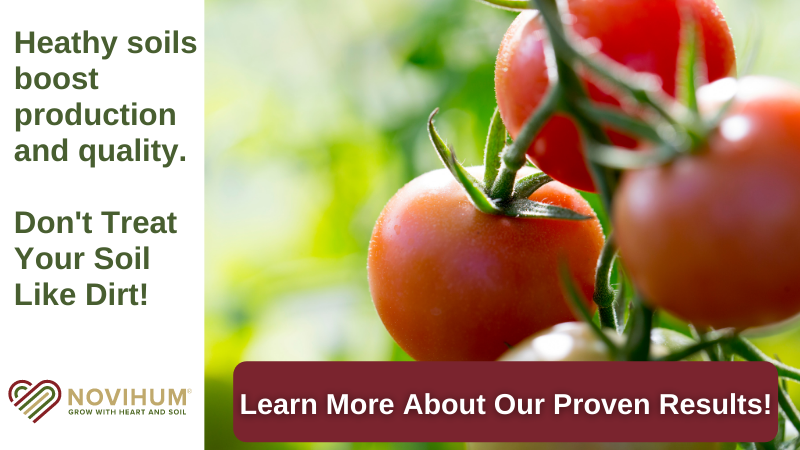Growing Season’s Challenges Accepted
“It’s been a challenging season.” “This pest is challenging.” Challenge this, challenge that. Challenge — it seems — is word I hear a lot lately, especially when it comes to the growing season.
It’s no secret that you’re always on your toes, whether it’s dealing with a spring freeze, a wet bloom time, the potential for insect pests, fungal infections, and diseases, or an unseasonably warm and dry growing season. Whatever it is, you all seem to handle whatever Mother Nature hands you, with as much grace as can be imagined.
That said, I’m sure you’ll welcome a leg up in outsmarting, or at least coping with, the elements. So, I suspect you’ll find the online decision support systems recap — or DSS — by Dan Cooley and Jon Clements of the University of Massachusetts of great interest. DSS use weather-based forecasting models to help you manage disease and insect pests.
While some of the information targets East Coast states, the systems are applicable to a broader part of the U.S. and can be beneficial to you and your farm. You find this article exclusively online this month.
Dan and Jon take the time to walk you through several options that provide weather data and model outputs for pests and diseases. They cover everything from low-end investments to the higher-end weather and environmental networks.
There’s also discussion about installing a DSS at your orchard. The more accurate and close-to-home the data is, the more you’ll reap the benefits.
Having actionable information like this available can help you with decisions on when to spray – or “go time” as I’ve dubbed it. Being adaptable to change is a vital part of farming, as growing conditions may fluctuate.
You’ll see more on that theme this month in an article my colleague, Rosemary Gordon, wrote about how growers are changing grape production in light of how the warm summers in Washington state have been the past few years.
Many of the techniques grape growers are implementing in the Pacific Northwest are not as high-tech as you’d imagine.
Choosing the best site for grape production, selecting varieties that make sense, and employing the right training system for your variety and growing region, will help you grow a quality crop and mitigate whatever might come your way.
Whether it’s high-tech help or low-tech changes, you’re learning to be more adaptable to whatever challenge is coming your way.
Challenge accepted.










